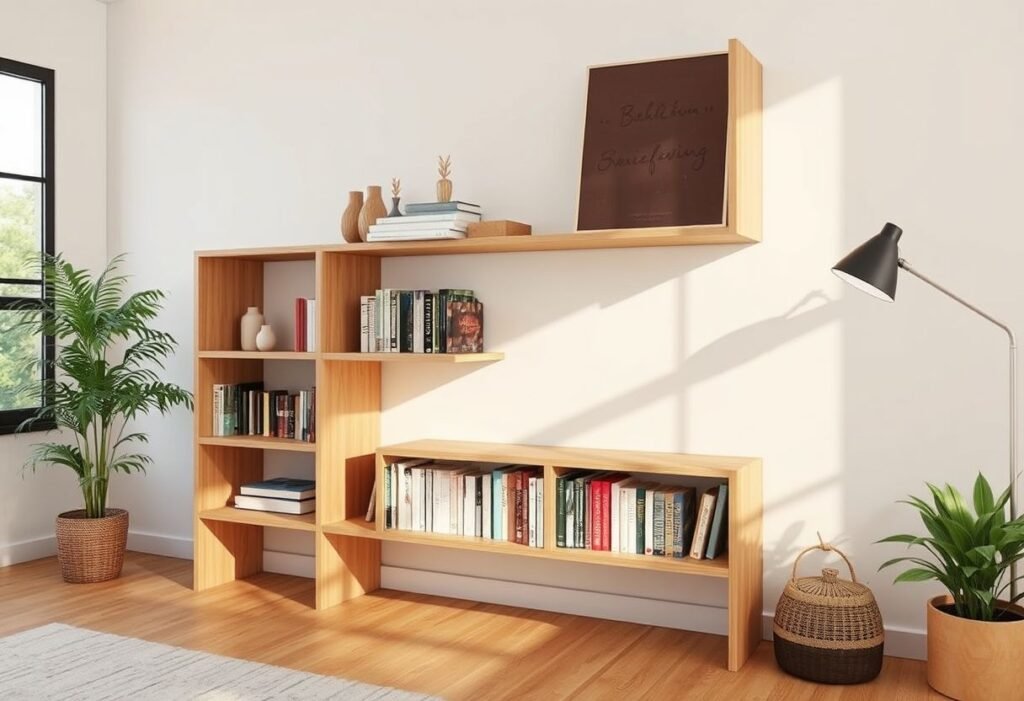Choosing the Right Materials
The most important first step in building a bookshelf is choosing the right materials. Decide whether you want to use wood, particle board, or perhaps metal. Wooden bookshelves add warmth and class to any room, while metal ones can give a more modern and industrial feel. Remember to select durable materials that will stand the test of time. A great idea is to shop at local home improvement stores, where you can often find materials at reasonable prices.
Planning and Measuring
Before you dive in, thorough planning and measuring of the space where you intend to place the bookshelf is crucial. Measure the area where the bookshelf will stand and plan its height, width, and depth. You might also reconsider traditional shelves—you may want to create something more unique, like hidden shelves or pull-out drawers. Sketching out designs can help you visualize your chosen project and ensure everything fits just right.
Building the Frame
Once you have your plans and materials, it’s time to build the frame of the bookshelf. Start by creating the basic structure. Use screws and brackets to ensure stability. It’s wise to cut all parts to size before you start assembling so that everything fits together perfectly. Working with tools can sometimes be dangerous, so always wear appropriate safety gear, such as goggles.
Painting and Finishing Touches
After building the frame, it’s time for painting and adding finishing touches. Choose a color that complements the rest of your room. If you’re feeling adventurous, consider applying various decorative techniques, such as chalk paint or decoupage. Finishing your bookshelf often enhances its visual appeal and protects the wood from damage.
Arranging Books and Decor
Once your bookshelf is ready, it’s time for organizing your books and decorative items. Carefully consider how you want to arrange your books—you could sort them by genre, author, or even color. Adding a few decorative elements, like plants, picture frames, or souvenirs from travels, will make your bookshelf a unique work of art that reflects your personality.
Maintenance and Upkeep
Don’t forget about maintenance and upkeep. Every so often, it’s a good idea to dust your bookshelf and check that all the components are in good condition. If you notice any damage, such as paint chips or loose screws, address it promptly to avoid worsening the situation. Regular care for your bookshelf will ensure it remains a cherished part of your home for many years.
Conclusion
Building your own bookshelf is a fantastic way to express yourself and deepen your connection with your favorite books. With the right materials, careful planning, and an eye for detail, you can create something that is both practical and incredibly beautiful. Don’t wait any longer—get started on your build today, and soon you’ll be able to enjoy your unique creation!
Disclaimer
The tips in this article are for informational purposes only. Before starting your bookshelf-building project, we recommend consulting with a professional, especially if you have any doubts regarding safety and tool use.

















